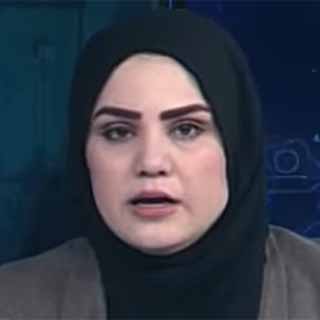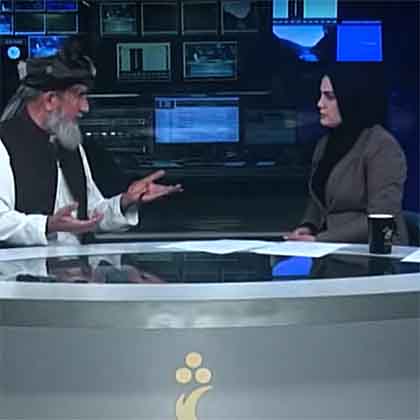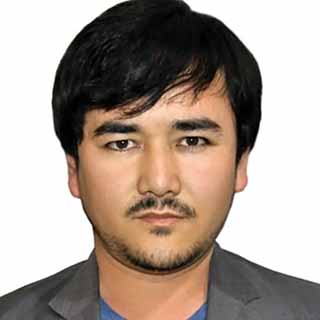
‘Under the previous government, I was fearless’
After the Taliban takeover, Ahmadzai was one of only two female news anchors to broadcast in Afghanistan.
Two days after the fall of Kabul, in keeping with a new Taliban decree, I put on a hijab instead of my usual headscarf and went back to the Shamshad studios.
Out of a couple of dozen women working for Shamshad, I was the only one to show up that day.
I started the newscast with a great deal of terror and fear. Maybe you have seen the video. I interviewed a Taliban representative.
It was a surreal experience.
I hadn’t expected to be able to go on air again. The fact that I did encouraged female colleagues to return. They saw that nothing happened to me when I returned to work.
Encouraging messages came via social media. It was a big deal that a woman, and a Pashtun woman at that, had appeared on TV. The hope that had died in every journalist’s heart came back to life.
Under the previous government, I was fearless. I could ask officials anything. But you can’t question the Taliban’s conduct. You can’t ask why they haven’t allowed women in their Cabinet or why women aren’t allowed to work.
Such questions cause problems for journalists.
The flag is another sensitive issue. A lot of Afghans care deeply about the national flag; people even died over it in August. But journalists can’t ask the Taliban why they changed it.
The Taliban replaced Afghanistan’s tricolor flag with a white banner showing the Islamic declaration of faith
I’ve interviewed numerous Taliban officials. One of the hardest interviews was on the deteriorating security situation.
I asked about the need for a military reorganization so that the public can distinguish between Taliban forces and terrorist groups, between criminals masquerading as Taliban and real Taliban.
It was a serious public concern after the Taliban takeover, when terrorist attacks escalated.
The Taliban official dodged my question and said they planned to create a strong system, a strong government, in the future.
So, when you ask serious questions, they either dodge or they refuse to sit for an interview.

Hosai Ahmadzai interviews a guest on set of Shamshad TV on August 17, 2021. (Screenshot: Shamshad TV)
I am just grateful I can still work and serve the public as a journalist.
Afghanistan is a traditional society, where people frown on women appearing on television. And Pashtuns don’t want their daughters to work or to go outside the home.
So, it’s a huge deal for a Pashtun woman to work in the media.
It’s been difficult for my family. Close relatives say to my parents, “Why is your daughter working? Let us pay her salary. It’s not right (that she works). We are Pashtuns. Our honor doesn’t allow it.”
And personal safety is another concern.
Before the takeover, our station was attacked, and I constantly worry about another attack. Whenever I’m on the set and hear a pop, I pause to see if it is a shooting and if so, how I can protect myself or get out of the building.
I’ve thought about quitting several times because I know I’m not safe.
But despite the challenges, I keep coming to work.
Interviews with Ahmadzai have been translated and edited for length and clarity. Shamshad TV is a VOA affiliate.
About this project
Hundreds of Afghan journalists fled after the Taliban takeover last year, but many more chose to stay in spite of the regime’s hostility. Masood Farivar, former chief of VOA’s Afghan Service, interviewed several about what drove them to their decisions, and how their work has changed in a culture of intolerance.
— Jessica Jerreat, VOA Press Freedom Editor
